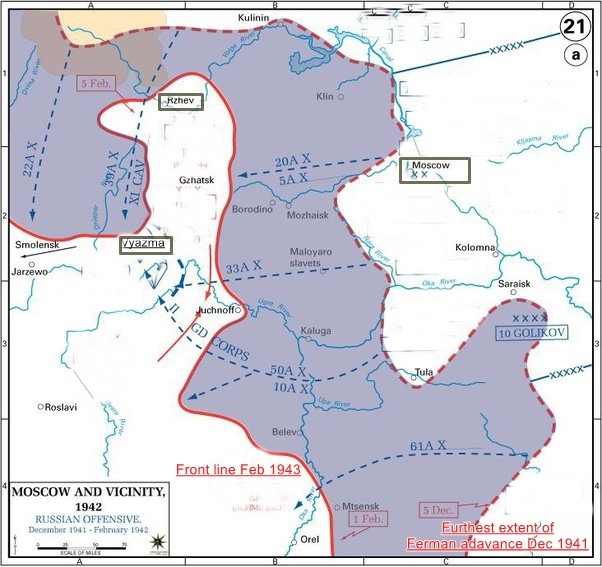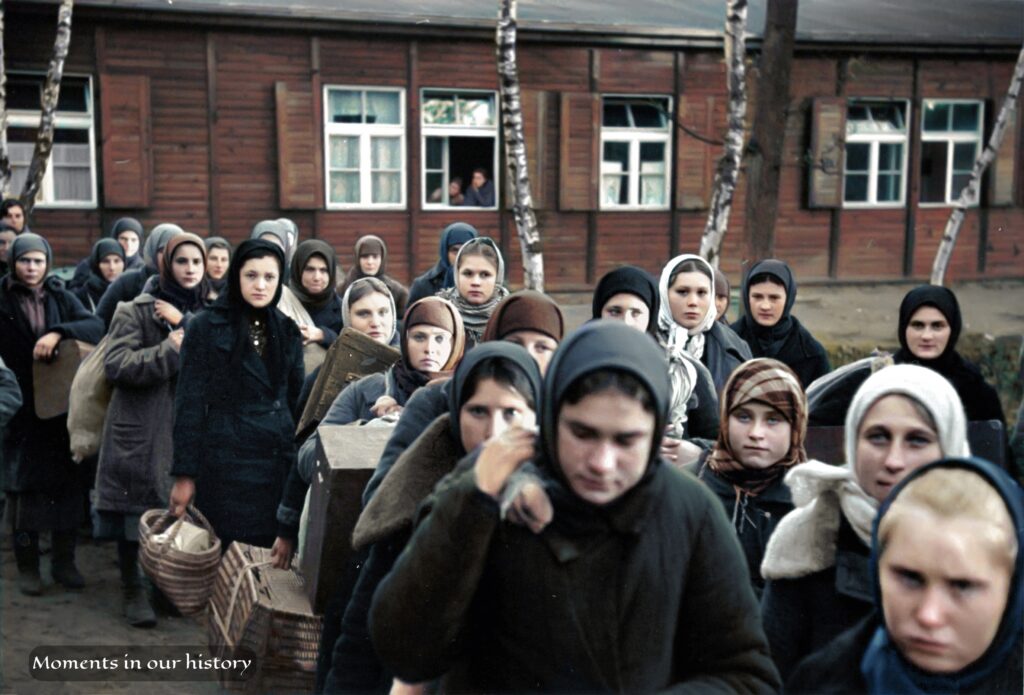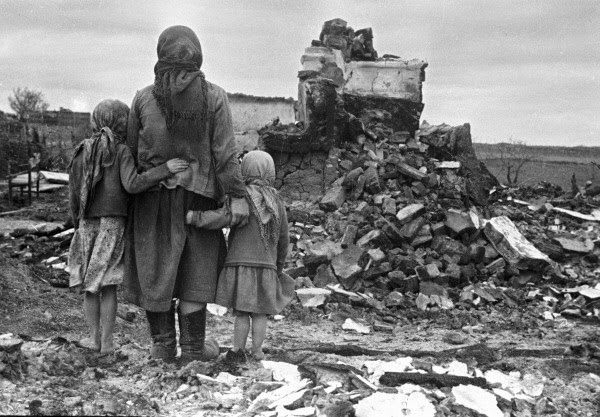Andy Ford (Warrington South Labour member) continues his occasional series on the military history of the Soviet Union in World War Two
Although in military terms Operation Buffalo (in German ‘Operation Büfel’) was a footnote to the war on the Eastern Front, in political terms it illustrated the cruelty and savagery that was integral to Nazi rule.
The operation itself was a planned withdrawal of German forces from the region of Rzhev, in central Russia. In the chaos of the German defeat at Moscow in December 1941 and their subsequent retreat, a salient was formed around the city of Rzhev, about 150 km from Moscow. Hitler wanted the region to be held at all costs as a potential launching point for an attack on the Soviet capital, and on the opposite side Stalin wanted it retaken to remove that risk.

Around a million Soviet soldiers were killed or wounded trying to eliminate the German salient through the course of 1942, and maybe 600,000 German troops were lost in its defence.
After the February 2nd surrender at Stalingrad the Wehrmacht had no reserve troops by early 1943, and 21 divisions, around 300,000 men, were tied up defending the 280 km long Rzhev salient. The decision was taken to evacuate in order to straighten the German line and create a reserve for the upcoming offensive at Kursk.
Crimes
But before they left the Nazis engaged in one of their most thorough and comprehensive crimes of the war. First, they swept through the towns and villages trying to identify and eliminate partisans. 3,000 were killed, but many were unarmed civilians, proven by the fact that so few weapons were found. Next, they abducted most of the able-bodied population for forced labour in Germany. The average age of those taken was around 20, but many were much younger, only 14 or 15 years old.

When the Red Army eventually entered Rzhev they found just a few hundred people left out of a pre-war population of 56,000.
As they left the Nazis created a wasteland. They destroyed 137 villages out of 248 in the Syvechka region. In Rzhev itself only 500 houses out of 5,400 were left standing, and it was even worse in Vyazma where only 51 out of its 5,000 dwellings remained. Wells were poisoned, livestock stolen or killed and railway tracks ripped up.
This was all done by regular Wehrmacht troops under the command of General Model, not the SS or their depraved auxiliary troops. This destroys the myth created after the war in West Germany and USA of an ‘honourable’ Wehrmacht and an ‘evil’ SS. They were all malevolent, and atrocities were integral to their methods of warfare.
Fascism – power, subjugation and plunder
In 1940 Trotsky had described Nazism as the pure essence of imperialism:
“Hitler’s official slogans in general do not warrant examination. The struggle for “national unification” has long since been shown to be a lie, for Hitler is converting the national state into a state of many nations, trampling underfoot the liberty and unity of other peoples. The struggle for “living room” is nothing but camouflage for imperialist expansion, that is, the policy of annexation and plunder. The racial justification for this expansion is a lie; National Socialism changes its racial sympathies and antipathies in accordance with strategic considerations. … The sole feature of fascism which is not counterfeit is its will to power, subjugation, and plunder. Fascism is a chemically pure distillation of the culture of imperialism“, and Operation Buffalo shows this absolutely.
All the European empires committed atrocities and crimes – the British ‘Black War’ in Tasmania, the French massacres in Algeria, or the Portuguese destruction of villages in Mozambique in the 1970s. Under the Nazis such tactics were to an even greater degree a deliberate and integral part of state policy.
With the Red Army’s curious inactivity on the occasion of the German withdrawal from Rzhev, the Nazi occupiers could do exactly as they wished. The result was catastrophic.



